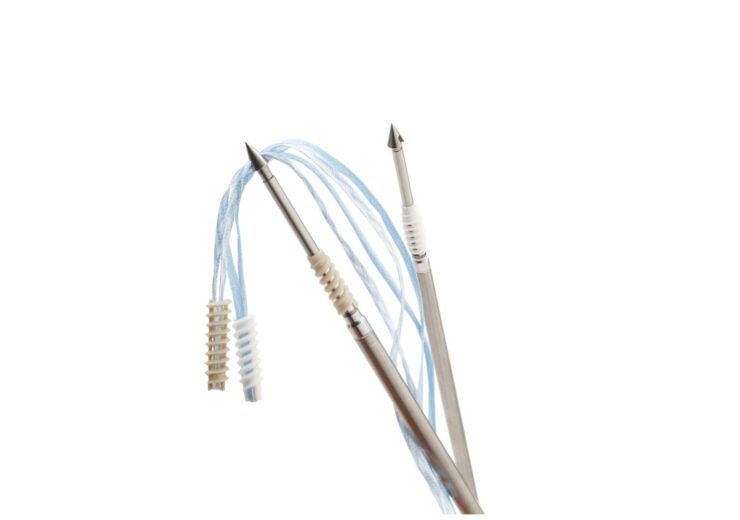The new device, combined with REGENESORB Material is aimed at advancing the bone healing and formation

Smith+Nephew's HEALICOIL KNOTLESS Suture Anchor. (Credit: Smith & Nephew plc.)
British medical equipment manufacturer Smith+Nephew has expanded its line of Advanced Healing Solutions for rotator cuff repair, with the launch of HEALICOIL KNOTLESS Suture Anchor.
The portfolio of Advanced Healing Solutions includes advanced REGENETEN Bioinductive Implant and novel REGENESORB Material.
Designed to feature an open architecture, the new HEALICOIL KNOTLESS Suture Anchor, combined with REGENESORB Material is aimed at advancing the bone healing and formation.
University of Calgary assistant professor Ian Lo said: “The real advantage of the [HEALICOIL] open architecture is that the marrow elements from the bone can reach the bone-tendon interface to promote healing where it is most needed. We have seen that the anchor leads to more robust healing of the tendon to the bone.”
HEALICOIL KNOTLESS Suture Anchor features an open architecture design
The product is said to have most open architecture design compared to its competitors and allows less foreign material to enter the body.
With these features, the HEALICOIL KNOTLESS Suture Anchor allows an access to the repair site by bone marrow and related stem cells, resulting in healing and better bone ingrowth.
The advanced biocomposite REGENESORB Material is said to promote the implant to be absorbed and replaced by bone within 24 months.
The company’s advanced healing solutions for rotator cuff repair comprises disruptive technologies that help the body create an environment for enhanced biological response to healing.
Recently, the company has announced the launch its REDAPT system for revision total hip arthroplasty (rTHA) in China, after securing approval from China’s National Medical Products Administration (NMPA).
The REDAPT system is designed to address the challenges of revision hip arthroplasty, including fixation in various bone types, achievement of joint stability, predictable stem position, and surgical efficiency.
